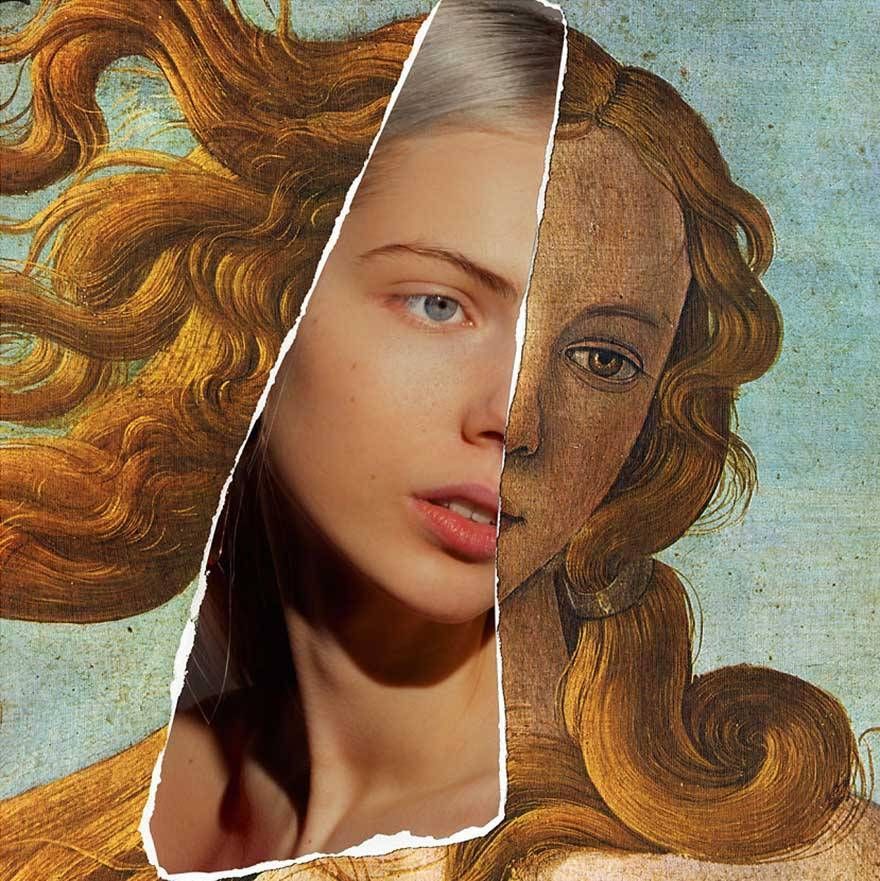Photo Credit: via vogue.it
Lessons from a 500 year-old self-help book
Josephine Murphy, The Mike Contributor
We all aspire to be masters of nonchalance, individuals with a certain effortlessly elegant style and natural charisma. We chase what the Italians call “sprezzatura,” or the ‘sprezzy style’: to “make whatever is done or said appear to be without effort and almost any thought about it.”
Sprezzatura is not a mere sentiment, but a classic beauty ideal in the world of fashion. Its secret lies not so much in what one wears, but how one wears it. It’s all about cultivating and projecting finesse. It’s that perfectly tousled hair, the rolled up cuffs, the ‘natural glow’ of blush or bronzer, the shirt casually draped over the shoulder, or the unbuttoned suit jacket. It’s Charles James’ Taxi Dress, or Farrah Fawcett’s hair, or David Beckham’s style. It’s not, however, the absence of effort, thought, and deliberation, but a careful concealment of those entities. After all, looking effortless doesn’t actually require that you cease all effort, just that you don’t make it painfully obvious. Whilst there are some with an uncanny aptitude for sprezzatura, the average person must carefully craft and hone the art of nonchalance.
We can trace this iconic ideal back some 500 years to Italian aristocratic society. In 1528, Italian author, courtier, and philosopher Baldassare Castiglione published his bestselling novel The Book of the Courtier, the Renaissance day equivalent of a self-help book for Italian noblemen and women. It artfully describes the do’s and don’ts of courtier life, detailing manners, dress, and proper conduct, quickly spreading throughout aristocrat households in Italy, Spain, France, and England. In it, Castiglione coins the term “sprezzatura,” and introduces the idea that an ideal nobleman must dress and present himself according to how he “wishes to seem” and “be esteemed.”
But, 500 years later, how does an average person achieve these grandiose notions of sophistication and become a master of nonchalance? Unfortunately, there isn’t a cookie cutter answer to this million-dollar question, but Castiglione does provide us with some practical guidance and suggestions.
To start, a person needs to identify how it is they ‘wish to seem’ and be ‘esteemed,’ and then emulate that in their clothing (sounds cliche, I know). However, there is something undeniably profound about this idea that goes beyond even the sphere of fashion and makes it worthy of considerable reflection. Despite however just or unjust it may seem, people are judged based on their general appearance and mannerisms, and the nature and success of your interactions largely depend on how others perceive you.
Therefore, when presented with clothing or accessories, don’t just consider whether you ‘like it’ and how you look in it, but the kind of message or sentiment it conveys. Does it convey class and sophistication, tastefulness and uniqueness? Is it appropriate for the setting and situation?
In Castiglione’s opinion, one should dress appropriately according to their profession, and one’s clothing should maintain a balance between “over amplitude” and “over scantiness” (to strike that balance he recommends wearing black or dark colours). The rest he leaves to the tastes of the individual.
Then, once you identify how you wish to be perceived by others, imitate a master. Observe the dress and style of someone who’s style or devil-may-care attitude you admire. As Castiglione writes, a student should “make every effort to resemble and … transform himself into his master,” and as students of nonchalance, we should follow suit. Hopefully, through reflection, observation, and imitation- as well as a few lessons from a 500 year-old self-help book – we can cultivate our own relationship with effortless elegance and become connoisseurs of a hidden art. Because I’m not trying, are you?


